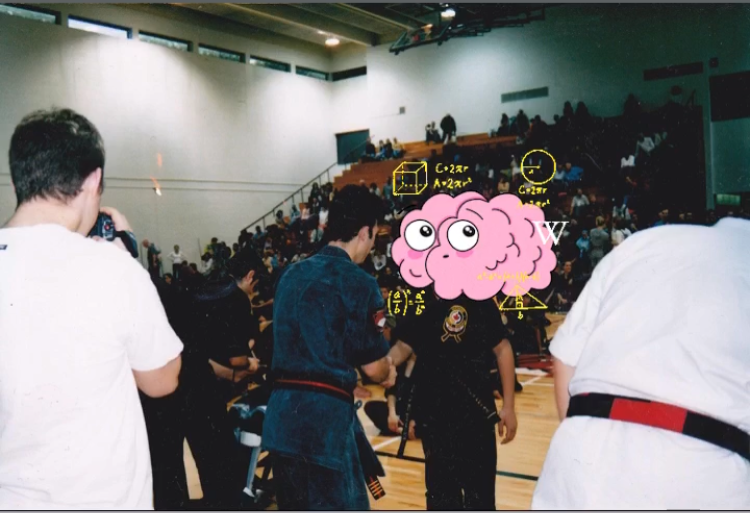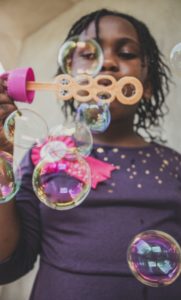
It would be a sunny day at the local park. You’d ask your friend to pass the hoop so you could dip it into the bottle of magic bubbles. Blow gently into the magic contraption and Voila – bubbles were airborne. These instant creations were delicate and burst immediately upon contact.
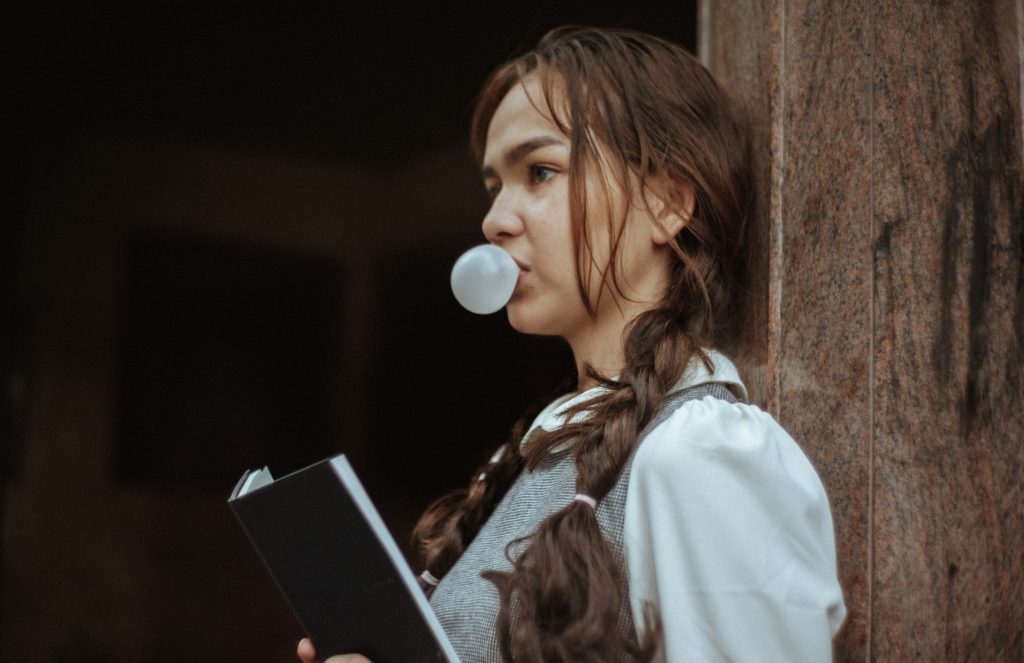
As you progressed through adolescence, bubbles were a little harder to chew. More thought was put into degrading them. These were built tougher from your monotonous jaw grind. Though longer-lasting, you spit them right out on an adolescent whim.
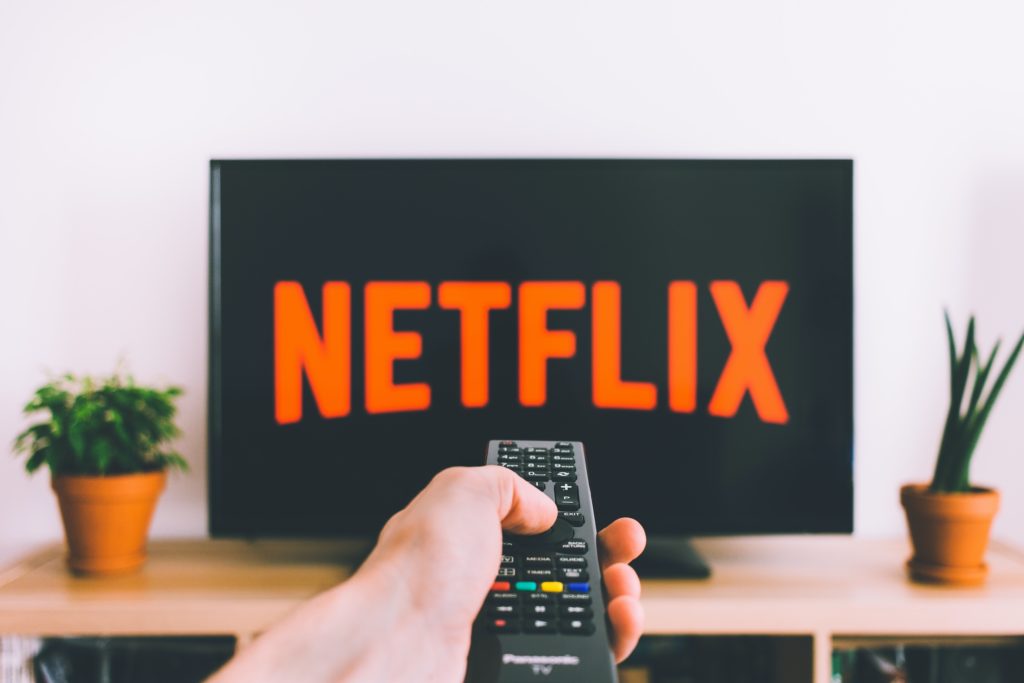
With life experience, you have greater autonomy in your decisions. As less have cable, more are perusing the internet to solidify their bubble. This process begins even earlier with the rise of YouTube and streaming services.
The multitude of options available for consumption in 2020 ensure there is always something to watch, read, or listen to (which is obviously helpful during a global pandemic). With these choices at our fingertips, it is easy to fall into the same ingrained patterns of conscious and unconscious biases. We naturally gravitate towards what we are most familiar with. With a vast collection to choose from, it would be wasteful to retread the same paths over and over. While the majority of us are relegated to remaining indoors during this pandemic, the easiest and most passive method of meeting this current moment is to do one simple thing: consume content by people who do not look like you.
The human experience is vast. Every person has a unique story to tell. Can you recall your parents’ personal history without notice? How about your grandparents? While we should start there (you would be surprised how much you can learn from just asking), there is no better time to consume content about other human experiences than right now. There is always something to learn about your fellow human beings. The following are a few personal suggestions, I hope at least one piques your curiosity and allows some bursting of bubbles.
Books
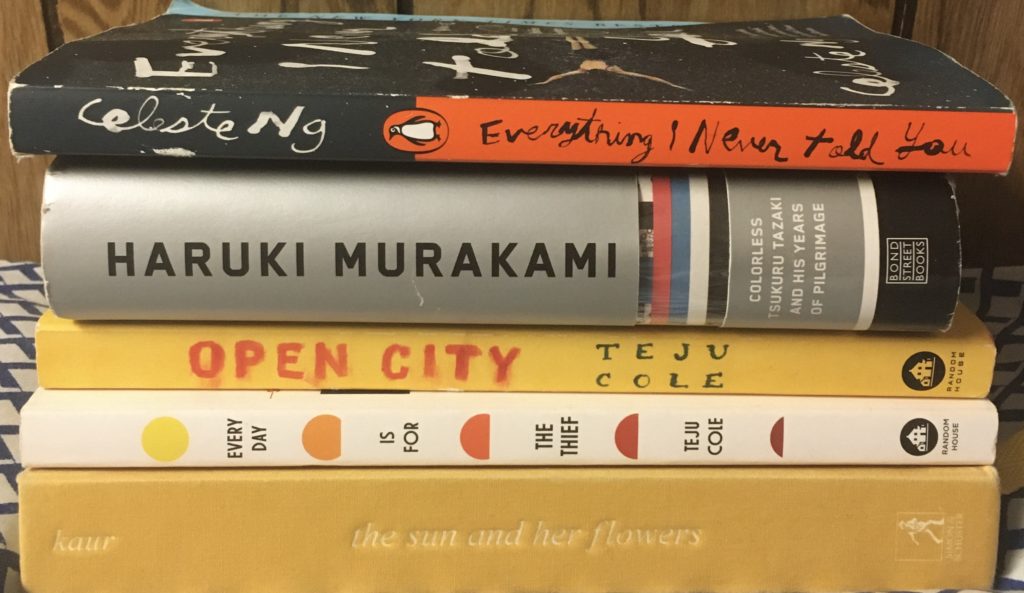
“Everything I Never Told You” by Celeste Ng: Set in a 1970s small town, Chinese-American Lydia Lee is found in a local lake. This book centers itself around a young biracial girl’s struggle, death, and ensuing aftermath.
“Colourless” by Haruki Murakami: A personal favourite as I read it at a time when I was experiencing loss of friendship myself. “Colourless” follows the Japanese, middle-aged Tsukuru’s venture into his own past and discovery of how the close ties he once had disintegrated into thin air.
“Open City” by Teju Cole: Julius, a Nigerian doctor, meanders through New York city contemplating his new country, isolation, and a lost relationship.
“Every Day is for the Thief” by Teju Cole: I had to include Teju Cole’s next novel as well. I read this in close proximity to my first vacation to the Philippines in twelve years back in 2016. I related to the protagonist visiting Lagos for the first time since arriving in New York. Both of our trips involved reconnecting with our respective backgrounds and selves.
“The Sun and her Flowers” by Rupi Kaur: This book of poetry by Indian-Canadian Rupi tackles love, empowerment, and being an immigrant.
Television
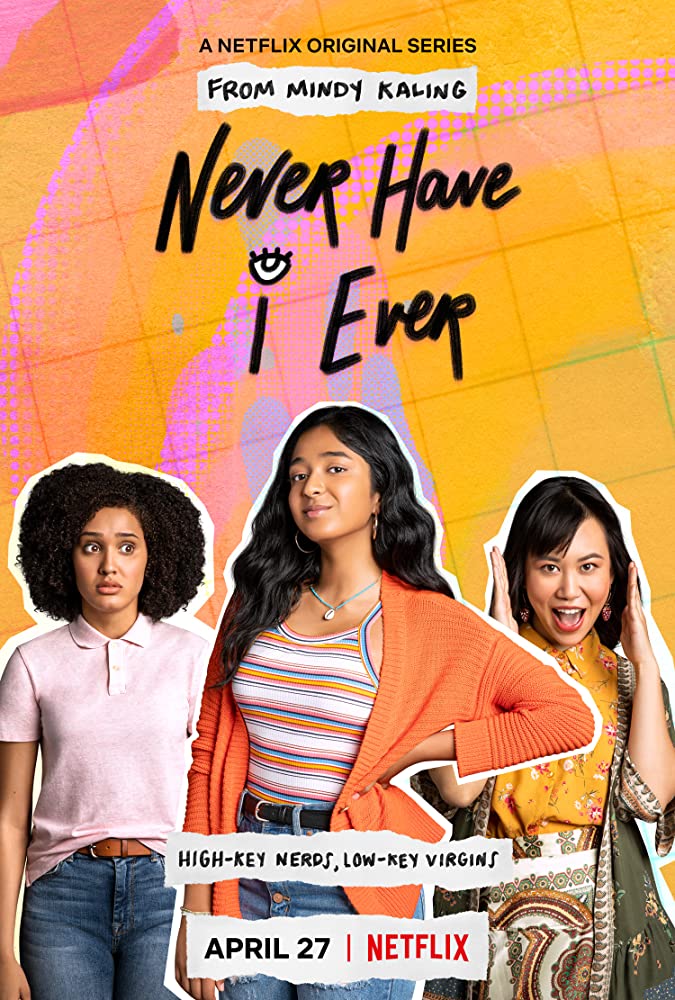
“Never Have I Ever“: Created by Mindy Kaling, this new series is a coming of age story of Indian-American high schooler Dev as she navigates adolescence following the sudden death of her father.
Movies
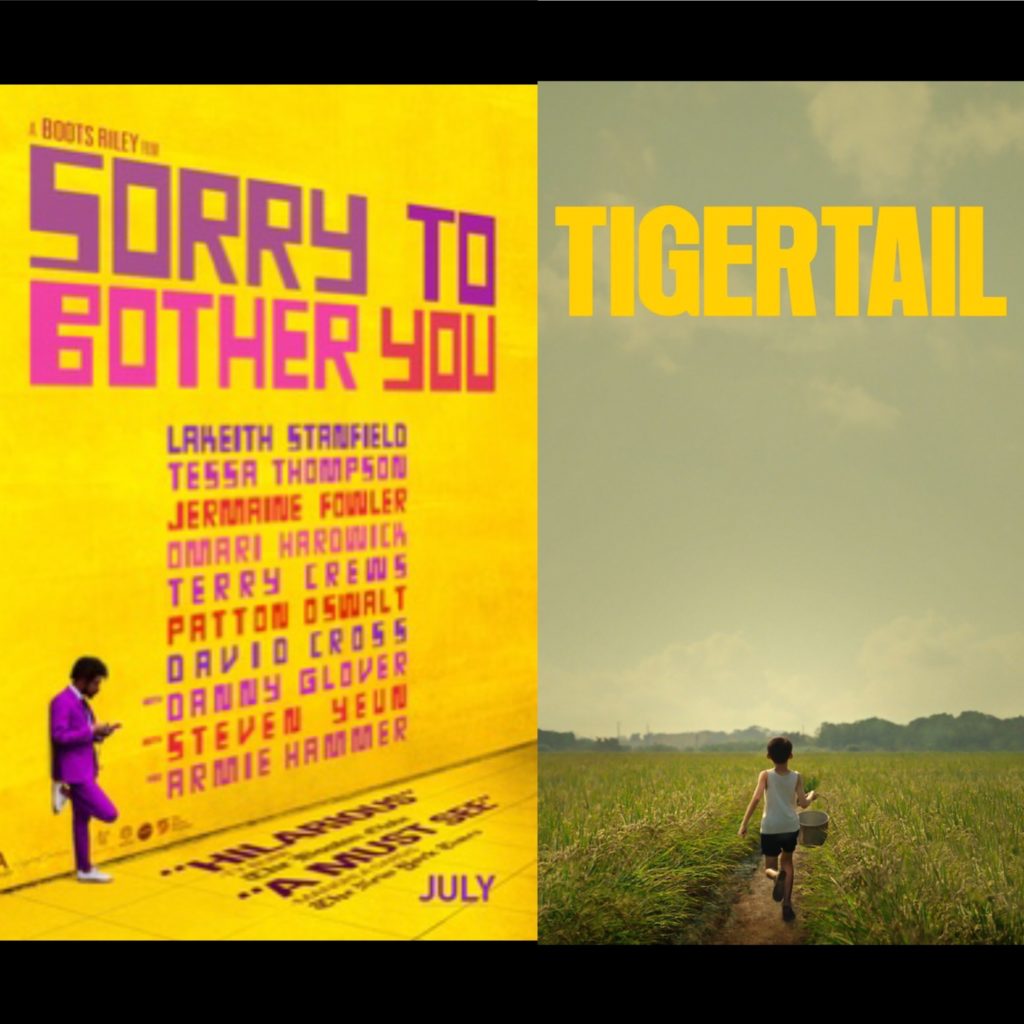
“Sorry to Bother You“: African-American Oakland-native Cassius Green climbs the corporate ladder at a telemarketing company. His pursuit of the American Dream ultimately comes at a cost.
“Tigertail“: Taiwanese Pin-Jui sought a better life for his mother and himself when he immigrated to America. Narrated both in present day and with flashbacks interspersed throughout, Pin-Jui’s decision has consequences immediately and in the following decades. His once evident charisma is dulled after leaving Taiwan. A tale of longing, regret, and hope.
Podcasts
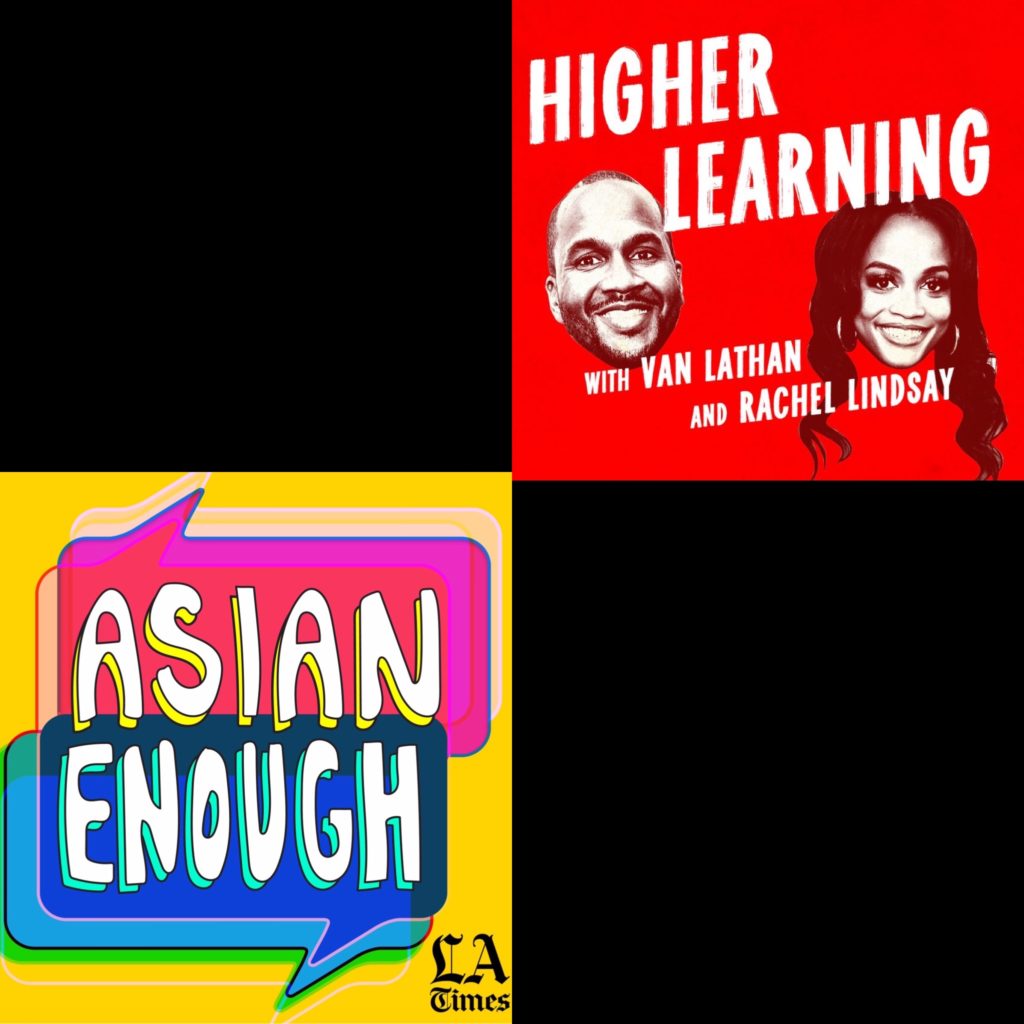
“Higher Learning” co-hosted by Van Lathan and Rachel Lindsay: Media personality Van and lawyer and only African-American lead on the Bachelor/Bachelorette ever Rachel provide their both poignant and entertaining analysis on everything related to black culture. Especially necessary now.
“Asian Enough” co-hosted by Jen Yamato and Frank Shyong: Los Angeles Times columnists Jen and Frank unpack Asian American culture through anecdotes of their own and those shared by their celebrity guests.

